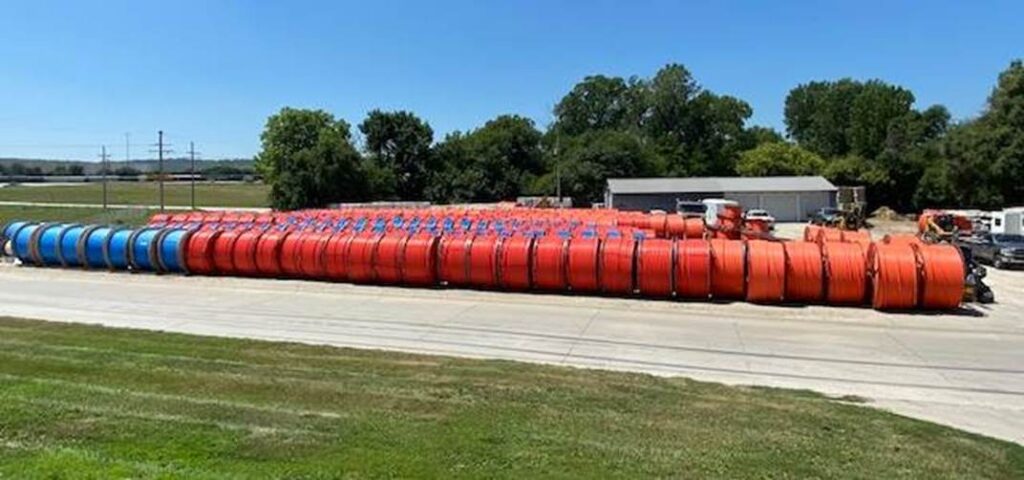Zayo CEO sees edge as requiring data center capacity, networking and other service support
Multiple mega-trends impacting how telecommunications operators strategically evolve their own businesses while delivering solutions for the digital transformation of their customers depend on access to fiber optic infrastructure. Whether that’s network densification, transitioning network workloads into software instances or building out edge computing infrastructure, you can’t deliver wireless services without wires.
Speaking earlier this month at the Cowen 8th Annual Communications Infrastructure Summit, Zayo CEO Steve Smith said, “The digital agenda, the digital transformation…it all requires…hard infrastructure, whether it’s cloud-related activity, whether it’s core offerings or whether it’s the edge unfolding which is finally happening. I think we’re all in a very fortunate place.”
More on the edge piece, Smith said he sees it as a supplement, rather than a replacement, to centralized cloud computing resources. “My simple concept of the edge is, as the cloud continues to unfold…as users get further out in the home, away from headquarters, where the user experience is happening to me is the edge. The edge is going to be a lot of things” and “it all requires data center capacity, it requires networking and it requires other services.”
In 2019 Zayo was acquired for more than $14 billion by EQT Partners and Digital Bridge, the latter of which has built a portfolio that speaks to the foundational role of hard infrastructure in supporting the growth of wireless, the cloud and all manner of other business-critical technologies. Digital Bridge’s investment thesis is built around strategic deployment of capital for data centers, fiber networks, macro cell towers, edge infrastructure and small cell networks.
In terms of telecom operators’ engagements with Zayo, Smith called out the trend toward cloudification of the network noting that like data center providers, formerly hardware-centric solutions are going virtual. “There’s no question it’s going to become more and more software-defined,” he said. “We’re studying that very hard.”
On the small cell front, also the bailiwick of Digital Bridge acquisition firm ExteNet Systems, Smith said actual demand hasn’t lived up to the hype. He said Zayo fiber connects around 5,000 small cells. “The wireless carriers have gotten preoccupied on a lot of other things,” he said, specifically noting mid-band deployments in the U.S. that are focused on the macro tower level. “I don’t know where small cells are going to go but it’s been a tougher sell for us. It didn’t hit the hype it had four, five years ago.”
Zayo has been engaged in the U.S. with Dish, which is entering the market as the fourth facilities-based wireless network operator and hit a coverage milestone of 20% population coverage earlier this year, since 2020. According to Zayo, the company is working with Dish in more than 20 markets in support of the carrier’s ongoing build out of a cloud-native 5G network that follows Open RAN principles and specifications.
With regard to bringing more enterprise locations onto its network, Smith said Zayo is launching in six cities with a focus on mid-market customer acquisition. He tallied 37,000 on-net or near-net buildings accumulated through acquisitions that Zayo hasn’t sold further services into. “We can go into those buildings and sell all those services,” he said, adding that if activity in the initial six markets hits relevant milestones, “We’ll blow it out to probably 30-plus markets.”
